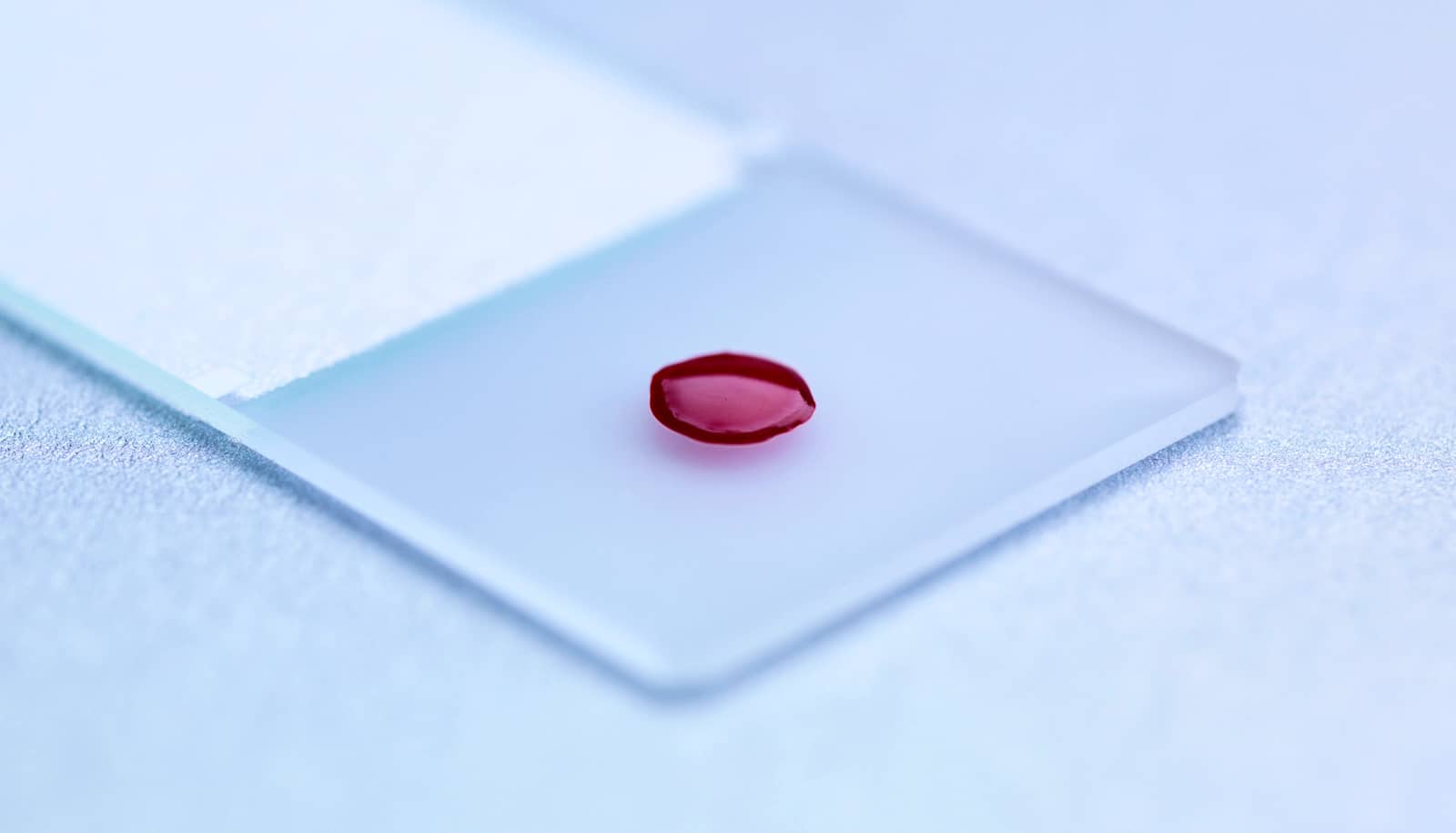Researchers have overcome a barrier in CRISPR gene editing that may make it an effective way to treat long-term chronic conditions, like Duchenne muscular dystrophy (DMD).
The body’s natural defensive ability to fend off viruses inspired CRISPR gene editing. The technology allows scientists to cut out and replace a mutation in the genome to alter DNA sequences, which has the potential to treat a variety of genetic diseases and conditions.
Children with DMD have a gene mutation that interrupts the production of a protein known as dystrophin. Without dystrophin, muscle cells weaken and eventually die. Many children lose the ability to walk, and muscles essential for breathing and heart function ultimately stop working.
“CRISPR essentially cuts out the mutation and stitches the gene back together,” says Dongsheng Duan, a professor in medical research in the molecular microbiology and immunology department at the University of Missouri School of Medicine.
“In order to do this, the ‘molecular scissors’ in CRISPR, known as Cas9, must know where to cut. The location to cut is flagged by a molecule called gRNA. We were surprised to find that by increasing the quantity of flags, we could extend the effectiveness of the therapy from three months to 18 months in our mouse model,” Duan says.
Duan’s lab treated 6-week-old mice with DMD intravenously using CRISPR and looked for improvements at 18 months. They initially employed a common strategy which administers similar amounts of Cas9 and gRNA.
While this worked well when injected directly into the muscle, the strategy yielded poor outcomes when the team tried to achieve long-term correction in all the muscles in the body. They found no dystrophin restoration in skeletal muscle and low-level dystrophin restoration in the heart—the treatment failed to stop disease progression.
The results showed a disproportionate depletion of gRNA flags, meaning there were not enough gRNA to tell Cas9 where to cut. When the team increased the number of gRNA flags, dystrophin restoration in both heart and skeletal muscle significantly increased and muscle scarring decreased at 18 months. Additionally, muscle function and cardiac function improved.
“Our results suggest that gRNA loss is a unique barrier for long-term systemic CRISPR therapy,” Duan says. “We believe this barrier can be overcome by increasing and optimizing gRNA doses. While this has exciting possibilities for improvements to DMD therapies, we believe this principle may also be applied to other CRISPR therapies for a range of other diseases and conditions.”
The study appears in JCI Insight. Additional researchers are from the University of Missouri, Duke University, and the National Center for Advancing Translational Sciences.
The National Institutes of Health, the Intramural Research Program of the NIH National Center for Advancing Translational Sciences, the Department of Defense, Hope for Javier, the Jackson Freel DMD Research Fund, the Muscular Dystrophy Association, and the Duke Coulter Translational Partnership funded the work.
Source: University of Missouri


